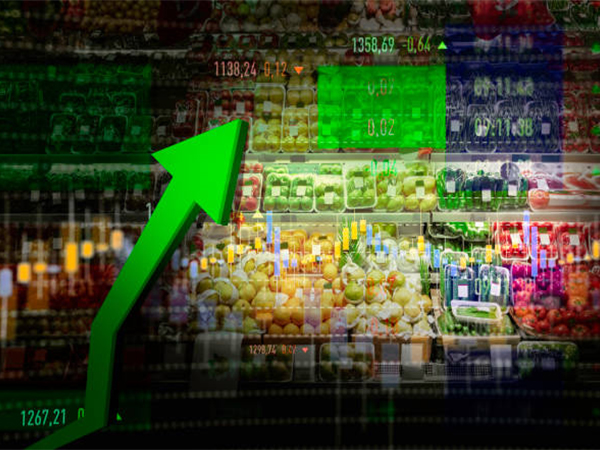India’s Wholesale Price Index (WPI)-based inflation rose to 2.36% in October 2024, compared to the same month in the previous year, the Ministry of Commerce and Industry said on Thursday. This increase is primarily driven by higher food prices, particularly vegetables, following crop damage due to the late withdrawal of the monsoon.
October’s inflation rate marked a rise from 1.84% in September. The surge in food prices, which jumped by 13.57% during the month, played a major role in the overall inflation. Vegetables, such as potatoes and onions, saw significant price hikes due to reduced supply caused by the adverse weather conditions.
Manufactured goods, which account for over 64% of the WPI, saw inflation rise by 1.5%. However, there was a notable decline in fuel and power prices, with inflation in this category at a negative (-) 5.79%.
Meanwhile, India’s retail inflation, based on the Consumer Price Index (CPI), also saw an uptick, reaching 6.21% in October. This marked the first time retail inflation crossed the Reserve Bank of India’s (RBI) upper tolerance limit of 6%. The increase was largely attributed to a surge in food prices, with vegetable prices skyrocketing by 42.18%. This increase was due to the same monsoon-related crop damages that impacted wholesale prices.
With retail inflation breaching the RBI’s target, attention is now focused on whether the central bank will adjust its monetary policy. The RBI has kept interest rates unchanged in its last 10 meetings but recently shifted its stance to “neutral” from “withdrawal of accommodation.” This has sparked speculation about a possible interest rate cut in the future, though RBI Governor Shaktikanta Das cautioned that a rate cut is not imminent. He emphasized that there are still significant risks to inflation, and cutting rates at this stage would be “very risky.”
The RBI is aiming for retail inflation to return to 4% before considering any rate cuts to stimulate economic growth.
(With agency inputs)














